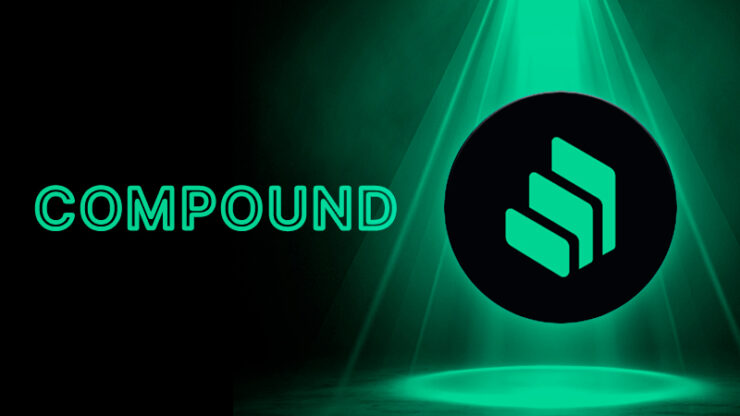We’ve all heard about the internet, but what about Web3? If you’re curious about the next evolution of the internet and how it connects to cryptocurrency, you’re in the right place.
Web3 is rapidly changing the way we interact online, and it’s driven by decentralization. In this guide, we’ll explore what Web3 is, its potential, and how it could shape the future.
What is Web3?
Web3 is the third generation of the internet, a decentralized version of the web that moves away from the traditional centralized systems we use today. Unlike Web2, where companies like Google, Facebook, and Amazon control data, Web3 allows users to own and control their own data.
In Web3, blockchain technology is at the core. It enables trustless transactions and decentralized applications (dApps), removing the need for intermediaries and creating a more open, transparent online environment.
The Evolution of the Internet
To understand Web3, let’s take a quick look at the evolution of the internet:
- Web1 (The Static Web): The early version of the internet, where users could only view static pages. Websites were simple and didn’t allow much interaction.
- Web2 (The Social Web): This is the internet we use today, characterized by interactive platforms like social media, e-commerce, and streaming. But Web2 is also centralized, meaning large companies control a significant portion of online activity.
- Web3 (The Decentralized Web): Web3 aims to return control to the users by decentralizing the internet. Blockchain is a key feature, enabling transparency and ownership over data.
How Does Web3 Relate to Cryptocurrency?
At the heart of Web3 lies cryptocurrency. Blockchain technology, which powers digital currencies like Bitcoin and Ethereum, is also the foundation for decentralized applications (dApps) in Web3.
Cryptocurrencies enable peer-to-peer transactions without needing intermediaries such as banks. This is a key aspect of Web3, as it empowers individuals to engage in financial transactions, own assets, and even govern decentralized platforms.e in financial transactions, own assets, and even govern decentralized platforms.s.
Key Features of Web3
Let’s explore the key features of Web3 that differentiate it from the internet we use today:
1. Decentralization
In Web3, no single entity has full control over the network. Instead, power is distributed across multiple nodes, ensuring that no one party can manipulate data or services. This decentralization creates trust and transparency.
2. Ownership
Web3 allows individuals to have ownership of their digital assets. Whether it’s a piece of art in the form of an NFT or personal data, users have control over what they share and how they use it.
3. Blockchain Technology
Web3 relies heavily on blockchain technology to secure transactions, verify ownership, and ensure transparency. Blockchains are decentralized ledgers that record transactions in an immutable way.
4. Smart Contracts
Smart contracts operate as self-executing agreements that are programmed with preset rules. They allow transactions to occur automatically when conditions are met, without needing intermediaries.
Web3 and Cryptocurrency: A Powerful Partnership
Cryptocurrency plays a crucial role in Web3 by providing the financial tools needed to interact with decentralized applications.
- Cryptocurrency as a Payment Method: Cryptocurrencies like Ether (ETH) are used to pay for transactions within the Web3 ecosystem, including dApp usage and NFT purchases.
- DeFi: Decentralized Finance (DeFi) platforms are a major part of Web3, offering users the ability to lend, borrow, and trade digital assets without traditional banks.
- Ownership of Digital Assets: Through NFTs (Non-Fungible Tokens), users can own and sell unique digital assets like art, music, and virtual real estate, all powered by blockchain and cryptocurrency.
The Benefits of Web3
Web3 promises to bring several benefits to users, including:
- More Privacy: Web3 puts control back into the hands of users, allowing them to decide what personal information to share and with whom.
- Increased Security: With decentralized systems, the risk of hacks and breaches is reduced. Since there’s no central authority to target, Web3 systems are less vulnerable.
- Transparency: Blockchain’s immutable records ensure that data and transactions are visible to all, enhancing trust.
Challenges Facing Web3
Although Web3 offers exciting potential, it’s not without challenges:
- Scalability: Web3 technologies, particularly blockchain, are still evolving. Some platforms struggle with scalability issues, meaning they can’t handle a large number of transactions simultaneously.
- Regulation: The decentralized nature of Web3 raises questions about regulation and accountability. Governments are still figuring out how to regulate cryptocurrency and blockchain technology.
- Adoption: Web3 is still in its early stages, and mainstream adoption is limited. User-friendly interfaces and accessibility need improvement to ensure widespread use.
Impact of Web3 on the Future of the Internet
Web3 could reshape many aspects of the internet, especially in industries like finance, gaming, and entertainment.
- DeFi will continue to grow, offering individuals more financial freedom without relying on banks.
- NFTs will provide artists and creators with better ways to monetize their work, while users will have full ownership over digital assets.
- Decentralized Governance: In Web3, communities can govern projects through decentralized autonomous organizations (DAOs), where decisions are made by token holders, not corporate leaders.
Is Web3 the Future?
There’s no doubt that Web3 is poised to change the internet as we know it. By giving users more control over their data, empowering them with cryptocurrency, and providing new opportunities for creators and innovators, Web3 offers a more open and decentralized version of the web.
However, Web3 is still in its early stages, and it will take time for it to reach its full potential. As technologies evolve, the world will likely see more widespread adoption of decentralized applications and cryptocurrencies, leading to a more inclusive, secure, and user-centric internet.





